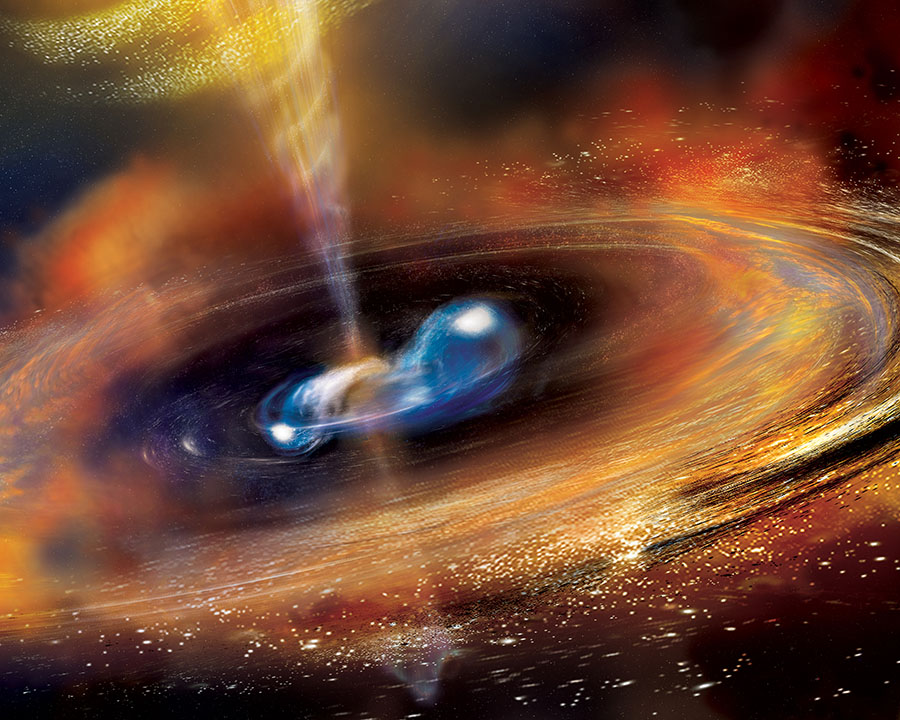Each system includes a pulsar, the superdense, rapidly rotating remnants of a star that exploded in a supernova.
26 January (UPI) With its Fermi Gamma-ray Space Telescope, N.A.S.A made a ground-breaking discovery by identifying the first gamma-ray eclipses from a unique class of star system.
Scientists studied a decade’s worth of observations from the telescope, which is capable of detecting the most astounding celestial occurrences, such as gamma bursts and black holes, before the agency revealed the news with Nature Astronomy on Thursday.

From a unique binary star system that is orbited by a system known as a spider, gamma-ray eclipses were seen. Two stars in a binary system are attracted to and revolve around one another by gravity.
The pulsar—the remains of a star that erupted in a supernova—is a component in a spider system. Astronomers are curious about this cosmic event because of its regular flash.
The astronomer Colin Clark, who is the head of the research team and works at the Max Planck Institute for Gravitational Physics in Hannover, Germany, said that one of the most crucial objectives for researching spiders is to attempt to measure the masses of the pulsars.

“In essence, pulsars are balls made of the densest possible material. The physics in these harsh settings, which cannot be duplicated on Earth, are constrained by the greatest mass they can reach.”
Since Fermi launched in 2008, it has discovered more than 300 gamma-ray pulsars. One of the pulsars it detected was the first to ever be detected outside of the Milky Way galaxy. It has detected cosmic events such as the merging of neutron stars, and given researchers the ability to map out the the history of such events.
“Before Fermi, we only knew of a handful of pulsars that emitted gamma rays,” said Elizabeth Hays, the Fermi project scientist at N.A.S.A’s Goddard Space Flight Center in Greenbelt, Md.
“After over a decade of observations, the mission has identified over 300 and collected a long, nearly uninterrupted dataset that allows the community to do trailblazing science.”









